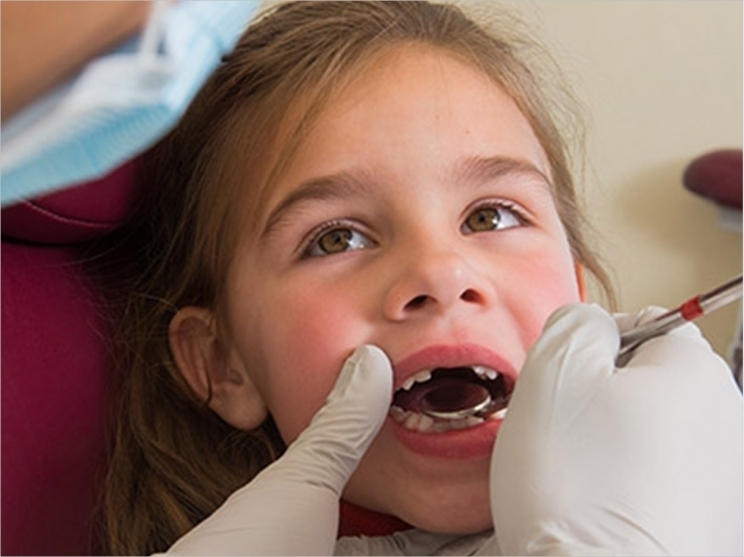Drilling and filling may not be the best strategy for treating tooth decay in primary teeth, UK researchers report. Comparing three different treatment options, the three-year study found no evidence that conventional fillings were more effective than sealing cavities or using prevention alone to stop pain and infection.
The study involved 1,144 children aged between three and seven and their parents as well as 72 National Health Service (NHS) dental clinics in the UK. The largest of its kind to date, the FiCTION trial also found that 450 children out of 43% who took part experienced tooth decay and pain, regardless of the type of dental treatment they received.
“Our study shows that each way of treating caries worked at a similar level, but that children who get caries at a young age have a high chance of developing toothaches and abscesses regardless of how the dentist manages the caries,” said Professor Nicola Innes. , PhD, BDS, chair of pediatric dentistry at University of Dundee and lead author.
“What’s absolutely clear from our trial is that the best way to manage tooth decay is not to drill it in or seal it in. It’s to prevent it in the first place,” Innes said.
Children were recruited by dentists working in the 72 clinics. One of the three treatment approaches was then randomly selected for each child’s dental care during the trial. All three methods were acceptable to children, parents and dentists.
The first approach avoided placing any fillings and aimed to prevent new caries by reducing sugar intake, ensuring twice-daily brushing with fluoridated toothpaste, applying fluoride varnish and placing fissure sealants on the first permanent molars.
The second option involved drilling the cavity, which has been the standard practice for more than 50 years, along with preventive treatments. The third treatment strategy was a minimally invasive approach where the cavity was sealed under a metal crown or file to stop its progress along with preventive treatments.
The researchers said they found no evidence that any of the strategies were better than the others in terms of the difference in the children’s experience of pain or infection, quality of life or dental anxiety between the groups.
Sealing with preventive treatment was most likely to be considered the best way to manage child wear if society was willing to pay at least £130 to avoid an episode of pain or infection, the researchers said.
“FiCTION’s findings have refocused attention on the need to prevent dental caries before they start, but also provide some reassurance that if caries does develop in a child’s mouth, there are a number of treatment options available that can be tailored to an individual’s clinical and behavioral needs.” child,” said Professor Anne Maguire, BDS, PhD, chair of preventive dentistry at University of Newcastle and lead investigator.
“All the children in our study were chosen to take part because they already had tooth decay and unfortunately even with a lot of care and attention from the dentist when children develop tooth decay there is a high chance it will cause further problems,” the professor said. Gail Douglas, chair of dental public health at University of Leeds and one of the lead investigators.
“The good news, however, is that tooth decay is preventable. Brushing your teeth with fluoride toothpaste, especially the last one before bed, avoiding sugary drinks and snacks between meals and visiting the dentist regularly are small habits that can help boost your overall dental health,” said Douglas.
“FiCTION highlights the importance of tooth decay prevention in our youngest children. I believe the key to success in prevention lies in families and communities,” said Tom Ferris, Scotland’s chief dental officer.
“For this reason, the Scottish Government has launched the Oral Health Community Challenge Fund for Third Sector organizations working alongside families living in our most disadvantaged areas. Activities from these projects complement our core Childsmile work in education and health,” Ferris said.
The study, “Management of child caries: A randomized controlled trial in dentistry“, published by Journal of Dental Research.
Relevant Articles
Project to Address Oral and Systemic Health Education in Appalachia
Nova Scotia schools are moving from Mouth Rinse to Fluoride Varnish
SSB consumption is significantly reduced among children and adolescents

